Prevent sinus. Chronic Sinusitis: Symptoms, Causes, and Prevention Strategies
What are the common symptoms of chronic sinusitis. How can you prevent sinus infections naturally. Why do some people experience recurrent sinus infections. What treatment options are available for persistent sinusitis.
Understanding Chronic Sinusitis: A Comprehensive Overview
Chronic sinusitis is a persistent inflammation of the sinuses that can significantly impact quality of life. This condition affects millions of people worldwide, causing discomfort and sometimes leading to more severe health issues if left untreated. Understanding the symptoms, causes, and prevention strategies is crucial for managing this condition effectively.
What Exactly Are Sinuses?
Sinuses are air-filled cavities located in the skull, specifically in the forehead, cheekbones, and behind the bridge of the nose. These cavities play a vital role in our respiratory system by producing mucus that helps filter, warm, and humidify the air we breathe. When these sinuses become inflamed or infected, it leads to a condition known as sinusitis.

Recognizing the Symptoms of Chronic Sinusitis
Identifying chronic sinusitis can be challenging, as its symptoms often mimic those of other respiratory conditions. However, certain signs can help distinguish it from acute sinusitis or common colds.
- Persistent nasal congestion
- Thick, discolored nasal discharge
- Facial pain or pressure, particularly around the nose, eyes, and forehead
- Reduced sense of smell and taste
- Headaches
- Fatigue
- Cough, which may worsen at night
- Sore throat from postnasal drip
Are these symptoms always indicative of chronic sinusitis? Not necessarily. While these signs are common in chronic sinusitis, they can also be present in other conditions. The key differentiator is the duration of symptoms. Chronic sinusitis is typically diagnosed when symptoms persist for 12 weeks or longer, despite treatment attempts.
Exploring the Root Causes of Chronic Sinusitis
Understanding the underlying causes of chronic sinusitis is essential for effective prevention and treatment. While acute sinusitis is often triggered by viral infections, chronic sinusitis can have multiple contributing factors.
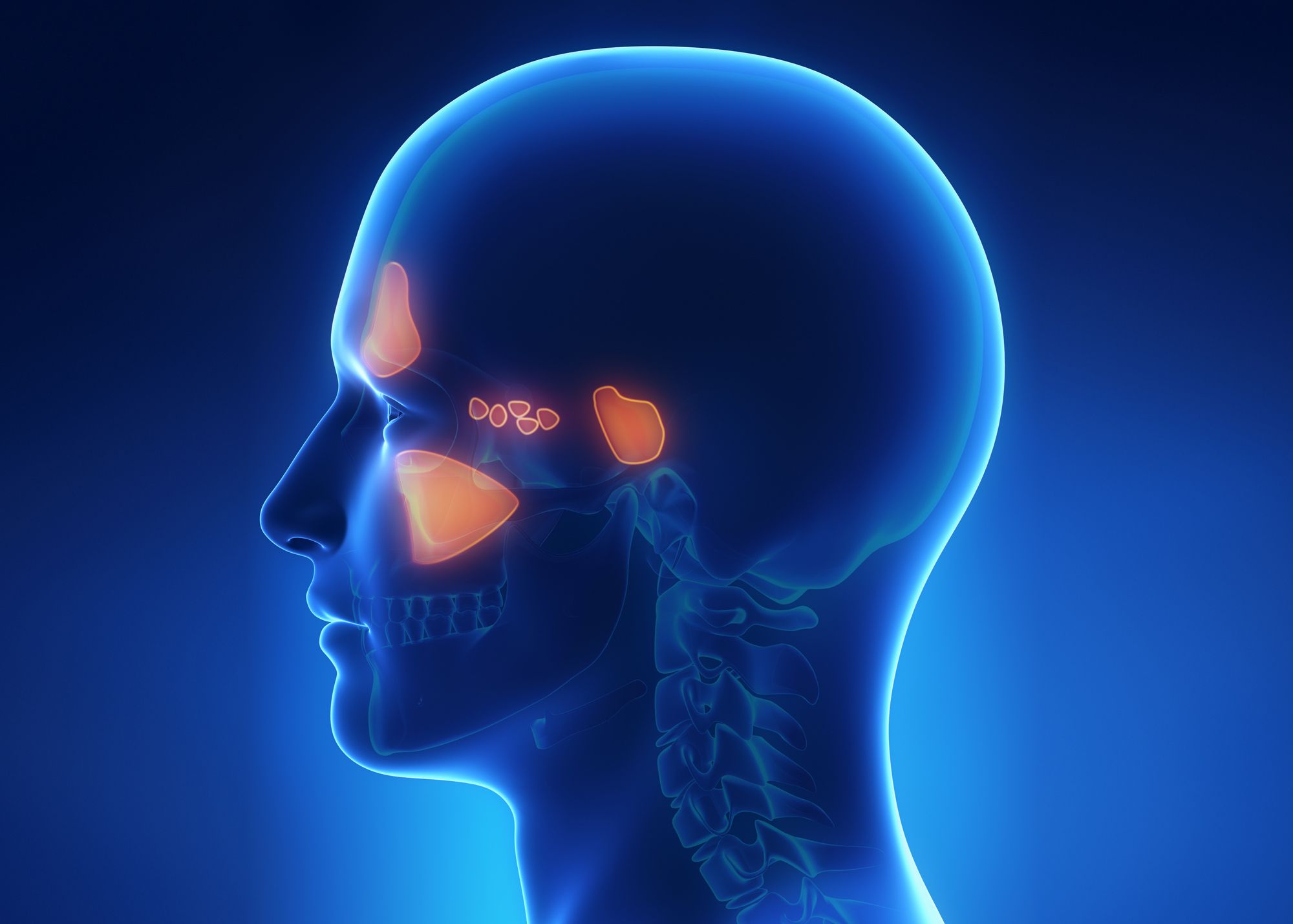
Common Causes of Chronic Sinusitis
- Nasal polyps: These are soft, painless, noncancerous growths that can block sinus openings.
- Deviated septum: A crooked or off-center septum can restrict or block sinus passages.
- Respiratory tract infections: Infections can inflame and thicken sinus membranes, blocking mucus drainage.
- Allergies: Allergic reactions can cause inflammation in the nose and sinuses.
- Medical conditions: Conditions like cystic fibrosis, gastroesophageal reflux, and immune system disorders can increase the risk of chronic sinusitis.
Can environmental factors contribute to chronic sinusitis? Absolutely. Exposure to irritants like cigarette smoke, air pollution, and certain chemicals can irritate the sinus lining and increase susceptibility to chronic sinusitis.
Natural Prevention Strategies for Sinus Infections
While not all cases of chronic sinusitis can be prevented, there are several natural strategies that can help reduce the risk of developing sinus infections or minimize their frequency.

Effective Natural Prevention Methods
- Practice good hygiene: Wash hands frequently to reduce the spread of viruses and bacteria.
- Stay hydrated: Drinking plenty of water helps keep mucus thin and promotes drainage.
- Use a humidifier: Keeping indoor air moist can prevent irritation of sinus passages.
- Avoid known allergens: Identify and minimize exposure to substances that trigger allergic reactions.
- Quit smoking: Smoking irritates the sinus lining and weakens the immune system.
- Manage stress: High stress levels can weaken the immune system, making you more susceptible to infections.
Is nasal irrigation an effective prevention method? Yes, nasal irrigation using a neti pot or saline spray can help flush out irritants and excess mucus, promoting sinus health. However, it’s crucial to use sterile water and follow proper cleaning procedures to prevent introducing new contaminants.
Understanding Recurrent Sinus Infections: Why Some People Are More Susceptible
For some individuals, sinus infections seem to be a recurring problem, despite their best efforts at prevention. This susceptibility can be attributed to various factors, both genetic and environmental.
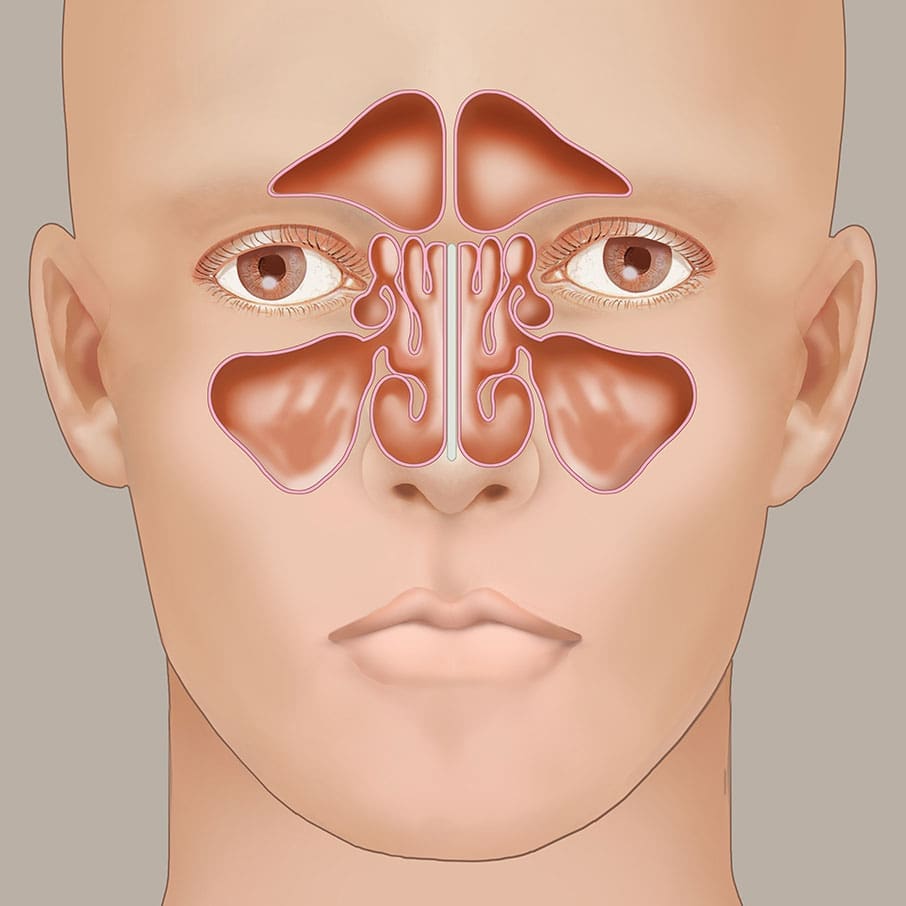
Factors Contributing to Recurrent Sinus Infections
- Anatomical abnormalities: Structural issues like a deviated septum or narrow sinus passages can increase the likelihood of infections.
- Immune system deficiencies: A weakened immune system may struggle to fight off sinus infections effectively.
- Chronic medical conditions: Conditions such as diabetes or autoimmune disorders can make individuals more prone to infections.
- Allergies: Persistent allergies can cause chronic inflammation in the sinuses, creating an environment conducive to infections.
- Environmental factors: Frequent exposure to pollutants or irritants can compromise sinus health.
Can lifestyle factors influence the frequency of sinus infections? Indeed, lifestyle choices play a significant role. Poor sleep habits, high stress levels, and a diet lacking in essential nutrients can all contribute to a weakened immune system, making one more susceptible to recurrent infections.
Advanced Treatment Options for Persistent Sinusitis
When natural prevention methods and over-the-counter treatments fail to provide relief, it may be time to consider more advanced treatment options for chronic sinusitis.

Innovative Treatments for Chronic Sinusitis
- Balloon sinuplasty: A minimally invasive procedure that uses a small balloon to dilate sinus passages.
- Endoscopic sinus surgery: A surgical procedure to remove blockages and improve sinus drainage.
- Immunotherapy: Allergy shots or sublingual tablets to reduce the body’s reaction to specific allergens.
- Biologics: Injectable medications that target specific pathways in the immune system to reduce inflammation.
- Corticosteroid implants: Placed directly in the sinuses to provide long-term anti-inflammatory effects.
How effective is balloon sinuplasty in treating chronic sinusitis? Balloon sinuplasty has shown promising results in many patients with chronic sinusitis. It’s less invasive than traditional sinus surgery, with shorter recovery times and a lower risk of complications. However, its effectiveness can vary depending on the individual case and underlying causes of sinusitis.
The Role of Diet and Nutrition in Sinus Health
While often overlooked, diet and nutrition play a crucial role in maintaining sinus health and potentially preventing chronic sinusitis. Certain foods and nutrients can help reduce inflammation and boost the immune system, while others may exacerbate sinus issues.

Foods That May Benefit Sinus Health
- Omega-3 fatty acids: Found in fatty fish, flaxseeds, and walnuts, these can help reduce inflammation.
- Vitamin C-rich foods: Citrus fruits, berries, and leafy greens can boost immune function.
- Probiotics: Found in yogurt and fermented foods, these can support overall immune health.
- Turmeric: This spice contains curcumin, known for its anti-inflammatory properties.
- Ginger: Has natural antihistamine and decongestant effects.
Can certain foods trigger sinus issues? Yes, some individuals may find that dairy products, sugar, and processed foods increase mucus production or inflammation. It’s important to pay attention to how different foods affect your sinus symptoms and adjust your diet accordingly.
Hydration and Sinus Health
Proper hydration is essential for maintaining healthy sinuses. Drinking adequate water helps thin mucus secretions, making them easier to clear from the sinuses. Aim for at least 8 glasses of water per day, and consider increasing intake during sinus infections or allergy flare-ups.

The Impact of Air Quality on Chronic Sinusitis
The air we breathe can significantly impact our sinus health. Poor air quality, both indoors and outdoors, can irritate the sinus lining and increase the risk of chronic sinusitis.
Improving Indoor Air Quality
- Use high-efficiency particulate air (HEPA) filters in your home.
- Keep indoor humidity levels between 30-50% to prevent mold growth.
- Regularly clean and replace air conditioning filters.
- Avoid using harsh chemical cleaners that can irritate sinuses.
- Consider adding air-purifying plants to your living space.
How does outdoor air pollution affect sinus health? Exposure to pollutants like ozone, particulate matter, and nitrogen dioxide can irritate and inflame the nasal passages and sinuses. On days with poor air quality, it’s advisable to limit outdoor activities and wear a mask if necessary.
The Role of Seasonal Changes
Seasonal changes can also impact sinus health. Pollen counts rise in spring and fall, potentially triggering allergies and sinus issues. Winter’s dry air can irritate sinus passages, while summer’s humidity can promote mold growth. Being aware of these seasonal factors and taking appropriate precautions can help manage chronic sinusitis symptoms.
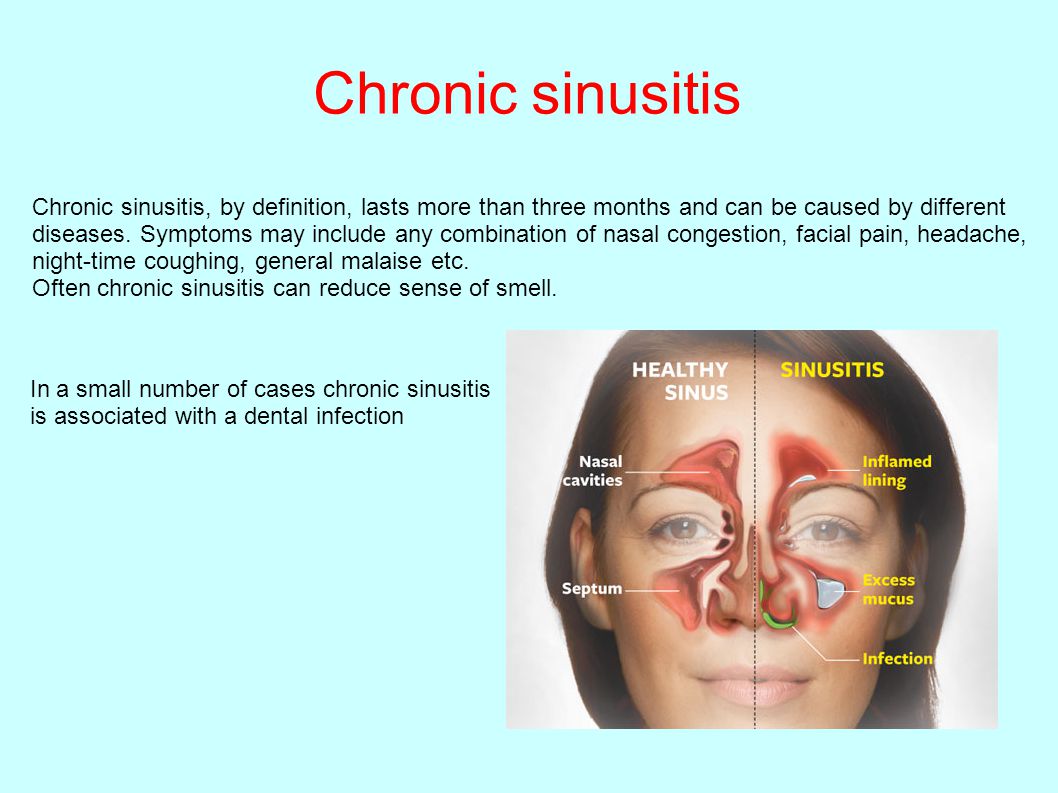
Emerging Research and Future Treatments for Chronic Sinusitis
The field of sinus health is continuously evolving, with researchers exploring new treatment options and gaining deeper insights into the underlying mechanisms of chronic sinusitis.
Promising Areas of Research
- Microbiome studies: Investigating the role of sinus microbiome in chronic sinusitis.
- Gene therapy: Exploring genetic factors that may predispose individuals to chronic sinusitis.
- Nasal sprays with novel formulations: Developing more effective topical treatments.
- Immunomodulators: Researching new drugs that can target specific aspects of the immune response.
- Nanotechnology: Investigating the use of nanoparticles for targeted drug delivery in sinus treatments.
What potential breakthroughs are on the horizon for chronic sinusitis treatment? While it’s difficult to predict specific breakthroughs, personalized medicine approaches that tailor treatments to an individual’s genetic makeup and specific type of sinusitis show promise. Additionally, advancements in minimally invasive surgical techniques may offer more effective and less traumatic treatment options in the future.

The Importance of Patient Education and Self-Management
As research progresses, the importance of patient education and self-management in chronic sinusitis cannot be overstated. Empowering patients with knowledge about their condition, triggers, and available treatments can lead to better outcomes and improved quality of life.
How can patients take an active role in managing their chronic sinusitis? Keeping a symptom diary, learning proper nasal hygiene techniques, adhering to treatment plans, and maintaining open communication with healthcare providers are all crucial steps in effectively managing chronic sinusitis.
In conclusion, chronic sinusitis is a complex condition that requires a multifaceted approach to prevention and treatment. By understanding the symptoms, causes, and various management strategies, individuals can take proactive steps to maintain sinus health and improve their overall well-being. As research continues to advance, new and more effective treatments may become available, offering hope to those who struggle with this persistent condition.
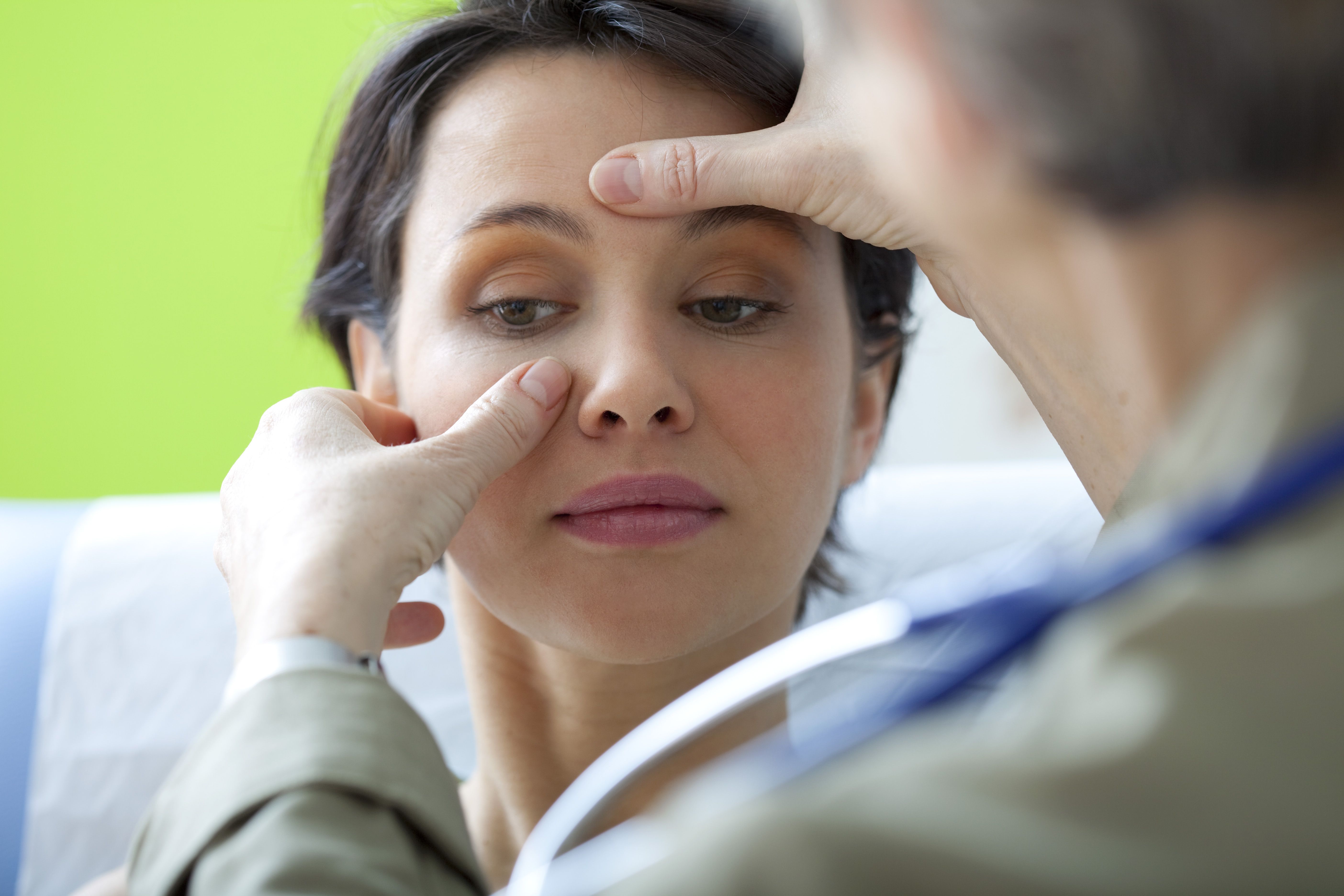
How to Prevent Sinus Infections
If you’re a frequent sinusitis sufferer, then learning how to prevent sinus infections can vastly improve your quality of life.
One sinus infection alone is an awful experience, but when sinus infections are recurrent and don’t respond to over-the-counter medications, they can become unbearable.
Learn about how to prevent sinus infections as much as possible and discover the treatment options available to patients who struggle with chronic sinusitis and chronic sinus drainage issues.
Common sinus infection symptoms
Before we address how to prevent sinus infections, it’s important to review what exactly a sinus is as well as common sinus infection symptoms. Sinus infections are caused by an inflammation of the nasal passages that leads to a bacterial, viral, or fungal infection.
A sinus infection may involve all or only a few of your sinus cavities and can present a wide range of systems including:
- Runny nose
- Congestion
- Tenderness of the face
- Headaches
- Fever
- Bad breath
- Feeling dizzy (learn how your sinusitis and vertigo may be related)
- Ringing in your ears (learn how your sinusitis and tinnitus may be related
Sinus infections can share many symptoms with other sinus issues, such as the common cold. If your symptoms persist for more than 10 days, you likely have a sinus infection. Since an untreated sinus infection can grow worse as well as affect other areas of the sinuses (including the ears) it’s best to visit your doctor as soon as you suspect that you may have sinusitis.
If your symptoms persist for more than 10 days, you likely have a sinus infection. Since an untreated sinus infection can grow worse as well as affect other areas of the sinuses (including the ears) it’s best to visit your doctor as soon as you suspect that you may have sinusitis.
How can I prevent a sinus infection naturally?
The good news is that some individuals are able to get rid of their recurrent sinus infections by modifying aspects of their lifestyles. To help minimize your risk of sinus infections, you can:
- Wash your hands frequently
- Keep the inside of your nose moist with nasal saline sprays (use with care and follow directions exactly)
- Keep your allergies under control with OTC or prescribed medication
- Maintain and allergen-free home
- Avoid nasal irritants such as pollution and smoke
Unfortunately, maintaining a healthy lifestyle, keeping away from allergens, and promoting healthy nasal passages may not solve the problem of how to prevent sinus infections for everyone. Some people are simply more susceptible to sinus infections, regardless of any preventative measures they may take.
Some people are simply more susceptible to sinus infections, regardless of any preventative measures they may take.
However, those unable to prevent sinus infections with traditional methods can come to Sinus Solutions of South Florida for the innovative balloon sinuplasty treatment.
Why do I always get sinus infections?
Sinus infections are responsible for 16 million doctor visits and $150 million spent on prescription medications. If you have continually wondered how to prevent sinus infections, you are not alone. Those who struggle most with chronic sinus infections also often have:
- Nasal polyps or a deviated septum
- Sensitivity to allergens
- Dry sinuses
- Asthma
- A weakened immune system
One or more of these conditions can dramatically increase your likelihood of having a sinus infection. Additionally, patients who experience high levels of stress are also more susceptible to sinusitis and other sinus issues.
How to treat recurrent sinus infections and a sinus infection that won’t go away
Patients whose sinus issues and frequent sinusitis do not respond well to traditional treatment often elect to undergo more drastic treatments, including sinus surgery. Traditional sinus surgeries, which involve the removal of bone and cartilage, can be extremely effective at reducing sinus issues. However, these procedures are invasive and can require extensive recovery time.
Balloon sinuplasty has neither of these downfalls and has proven to be extremely effective at restoring proper sinus drainage and relieving patients of chronic sinus infections. A minimally invasive, in-office procedure that takes less than 20 minutes and offers long-term relief, balloon sinuplasty is fast becoming the sinus infection treatment of choice for patients looking for how to prevent sinus infections on a more permanent basis.
During the procedure, an experienced ENT inserts a small endoscopic balloon into the nasal cavity.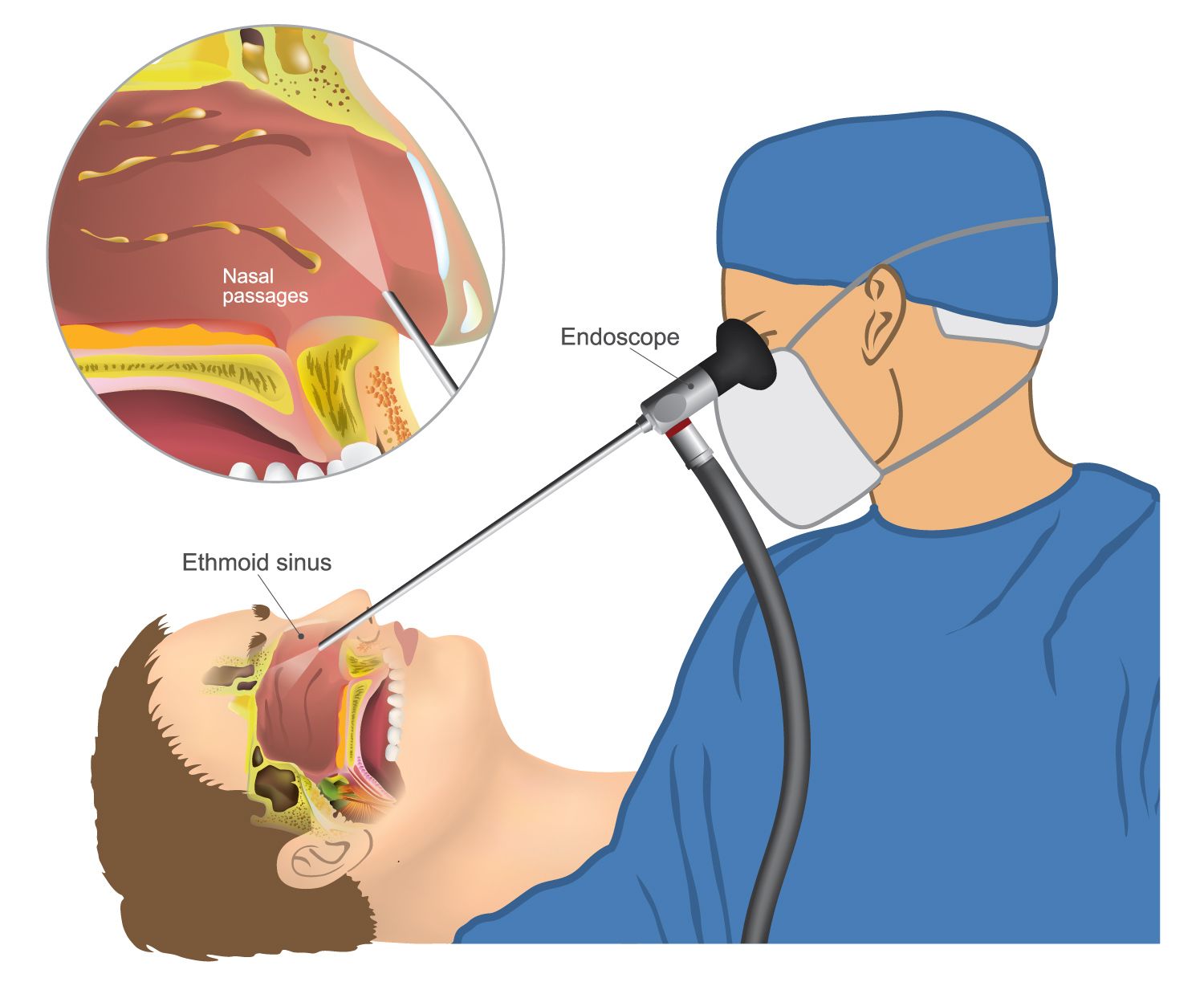 This balloon is then inflated, widening the sinus passageway and relieving the patient of congestion and other sinusitis symptoms. The best part? Balloon sinuplasty recovery takes little to no time at all. Most patients are able to return to work between one and two days after the procedure.
This balloon is then inflated, widening the sinus passageway and relieving the patient of congestion and other sinusitis symptoms. The best part? Balloon sinuplasty recovery takes little to no time at all. Most patients are able to return to work between one and two days after the procedure.
Visit the experts on how to prevent sinus infections at Sinus Solutions of South Florida
For those who struggle to gain relief through traditional methods or are impacted by multiple sinus infections a year, balloon sinuplasty can offer an alternative, life-changing solution.
If your sinus infection won’t go away, come see Dr. Bequer at Sinus Solutions of South Florida. Our highly-effective and minimally-invasive balloon sinuplasty procedure has proven successful at preventing sinus infections and helping patients get their lives back.
Dr. Bequer of Sinus Solutions of South Florida is a leading balloon sinuplasty expert in the West Palm Beach area. He and his staff can help you explore the treatment options available to you as well as whether or not you would be a good candidate for balloon sinuplasty.
Book an appointment with Dr. Bequer by calling Sinus Solutions of South Florida at 561-790-7744 or request a consultation to see if balloon sinuplasty is right for you.
Other Helpful Articles by Sinus Solutions of South Florida:
- Balloon Sinuplasty for Deviated Septum
- How Long Does Post-Nasal Drip Last?
- Have Sinus Tooth Pain on One Side?
- Swollen Turbinates and Headaches
- Types of Hearing Loss
Sinus Infection (Sinusitis) | Antibiotic Use
Español: Infección de los senos paranasales (sinusitis)
Stuffy nose that just isn’t getting better? You might have a sinus infection, also called sinusitis
Antibiotics are not needed for many sinus infections, but your doctor can decide if you need an antibiotic.
Causes
Sinus infections happen when fluid builds up in the air-filled pockets in the face (sinuses). This fluid buildup allows germs to grow. Viruses cause most sinus infections, but bacteria can cause some sinus infections.
Risk Factors
Several factors can increase your risk of getting a sinus infection:
- A previous cold
- Seasonal allergies
- Smoking and exposure to secondhand smoke
- Structural problems within the sinuses. For example, growths on the lining of the nose or sinuses, known as nasal polyps.
- A weak immune system or taking drugs that weaken the immune system
Symptoms
Common symptoms of sinus infections include:
- Runny nose
- Stuffy nose
- Facial pain or pressure
- Headache
- Mucus dripping down the throat (post-nasal drip)
- Sore throat
- Cough
- Bad breath
- Causes
- Risk Factors
- Symptoms
- When to Seek Medical Care
- Treatment
- How to Feel Better
- Over-the-Counter Medicine and Children
- Prevention
When you have a sinus infection, one or more of your sinuses becomes inflamed. Fluid builds up, which can cause congestion and runny nose.
View Larger
Talk to a healthcare professional right away if your child is under 3 months old with a fever of 100.4 °F (38 °C) or higher.
When to Seek Medical Care
See a doctor if you have:
- Severe symptoms, such as severe headache or facial pain.
- Symptoms that get worse after improving.
- Symptoms lasting more than 10 days without getting better.
- Fever longer than 3-4 days.
You should also seek medical care if you have had multiple sinus infections in the past year.
This list is not all-inclusive. Please see a doctor for any symptom that is severe or concerning.
Other conditions can cause symptoms similar to a sinus infection, including:
- Seasonal allergies
- Colds
Treatment
Your doctor will determine if you have a sinus infection by asking about symptoms and examining you.
Antibiotics are not needed for many sinus infections. Most sinus infections usually get better on their own without antibiotics. When antibiotics aren’t needed, they won’t help you, and their side effects could still cause harm. Side effects can range from mild reactions, like a rash, to more serious health problems. These problems can include severe allergic reactions, antibiotic-resistant infections and C. diff infection. C. diff causes diarrhea that can lead to severe colon damage and death.
When antibiotics aren’t needed, they won’t help you, and their side effects could still cause harm. Side effects can range from mild reactions, like a rash, to more serious health problems. These problems can include severe allergic reactions, antibiotic-resistant infections and C. diff infection. C. diff causes diarrhea that can lead to severe colon damage and death.
However, in some cases, you may need antibiotics. Talk to your doctor about the best treatment for your illness.
For some sinus infections, your doctor might recommend watchful waiting or delayed antibiotic prescribing.
- Watchful waiting: Your doctor may suggest watching and waiting for 2-3 days to see if you need antibiotics. This gives the immune system time to fight off the infection. If your symptoms don’t improve, the doctor may prescribe an antibiotic.
- Delayed prescribing: Your doctor may prescribe an antibiotic but suggest that you wait 2–3 days before filling the prescription.
 You may recover on your own and may not need the antibiotic.
You may recover on your own and may not need the antibiotic.
What antibiotics treat and won’t treat
Transcript [TXT – 294 B]
How to Feel Better
Below are some ways to help relieve sinus pain and pressure:
- Put a warm compress over the nose and forehead to help relieve sinus pressure.
- Use a decongestant or saline nasal spray.
- Breathe in steam from a bowl of hot water or shower.
Ask your doctor or pharmacist about over-the-counter medicines that can help you feel better. Always use over-the-counter medicines as directed.
Top of Page
Visit Sinus Rinsing for Health or Religious Practice for information on how to safely use a sinus rinse.
Over-the-Counter Medicine and Children
Carefully read and follow instructions on over-the-counter medicine product labels before giving medicines to children. Some over-the-counter medicines are not recommended for children of certain ages.
- Pain relievers:
- Children younger than 6 months: only give acetaminophen.

- Children 6 months or older: it is OK to give acetaminophen or ibuprofen.
- Never give aspirin to children because it can cause Reye’s syndrome. Reye’s syndrome is a very serious, but rare illness that can harm the liver and brain.
- Children younger than 6 months: only give acetaminophen.
- Cough and cold medicines:
- Children younger than 4 years old: do not use over-the-counter cough and cold medicines in young children unless a doctor specifically tells you to. Cough and cold medicines can result in serious and sometimes life-threatening side effects in young children.
- Children 4 years or older: discuss with your child’s doctor if over-the-counter cough and cold medicines are safe to give to your child.
Ask your doctor or pharmacist about the right dosage of over-the-counter medicines for your child’s age and size. Also, tell your child’s doctor and pharmacist about all prescription and over-the-counter medicines they are taking.
Top of Page
Prevention
You can help prevent sinus infections by doing your best to stay healthy and keep others healthy, including:
- Clean your hands.

- Receive recommended vaccines, such as the flu vaccine and pneumococcal vaccine.
- Avoid close contact with people who have colds or other upper respiratory infections.
- Don’t smoke and avoid secondhand smoke.
- Use a clean humidifier to moisten the air at home.
Top of Page
Features of the sinuses of the dura mater
Contents
- 1 Sinuses of the dura mater
- 1.1 Structure and function of the dura mater
- 1.2 Classification of the sinuses of the meninges
- 1. 3 Headache and other symptoms in diseases of the sinuses
- 1.4 Methods for diagnosing diseases Sinus Diseases
- 1.5 Treatment of Sinus Diseases
- 1.6 Complications of Sinus Diseases
- 1.7 Prevention of Sinus Diseases
- 1.8 Anatomy and function of the sinuses of the dura mater
- 1.9 Development and formation of the sinuses of the meninges
- 1.10 Diseases of the sinuses of the dura mater and their causes
- 1.
 11 Conclusions
11 Conclusions - 1.12 Video on the topic:
- 1.13 Q&A:
- 1.13.0.1 What is the main function of the sinuses of the dura mater?
- 1.13.0.2 What are the types of dural sinuses?
- 1.13.0.3 How do dural sinuses arise?
- 1.13.0.4 What problems can be associated with the sinuses of the dura mater?
The dural sinuses are anatomical structures that play an important role in the normal functioning of the brain. Find out what the sinuses are, what their function is and what problems can arise with their diseases.
The dura mater is an important structure that protects the brain from external damage. One of the features of this shell are the sinuses, which are cavities inside the brain. The sinuses of the dura mater perform several functions, including facilitating the outflow of venous blood and maintaining internal pressure.
The sinuses of the dura mater are located between the layers of this membrane and are cavities filled with venous blood.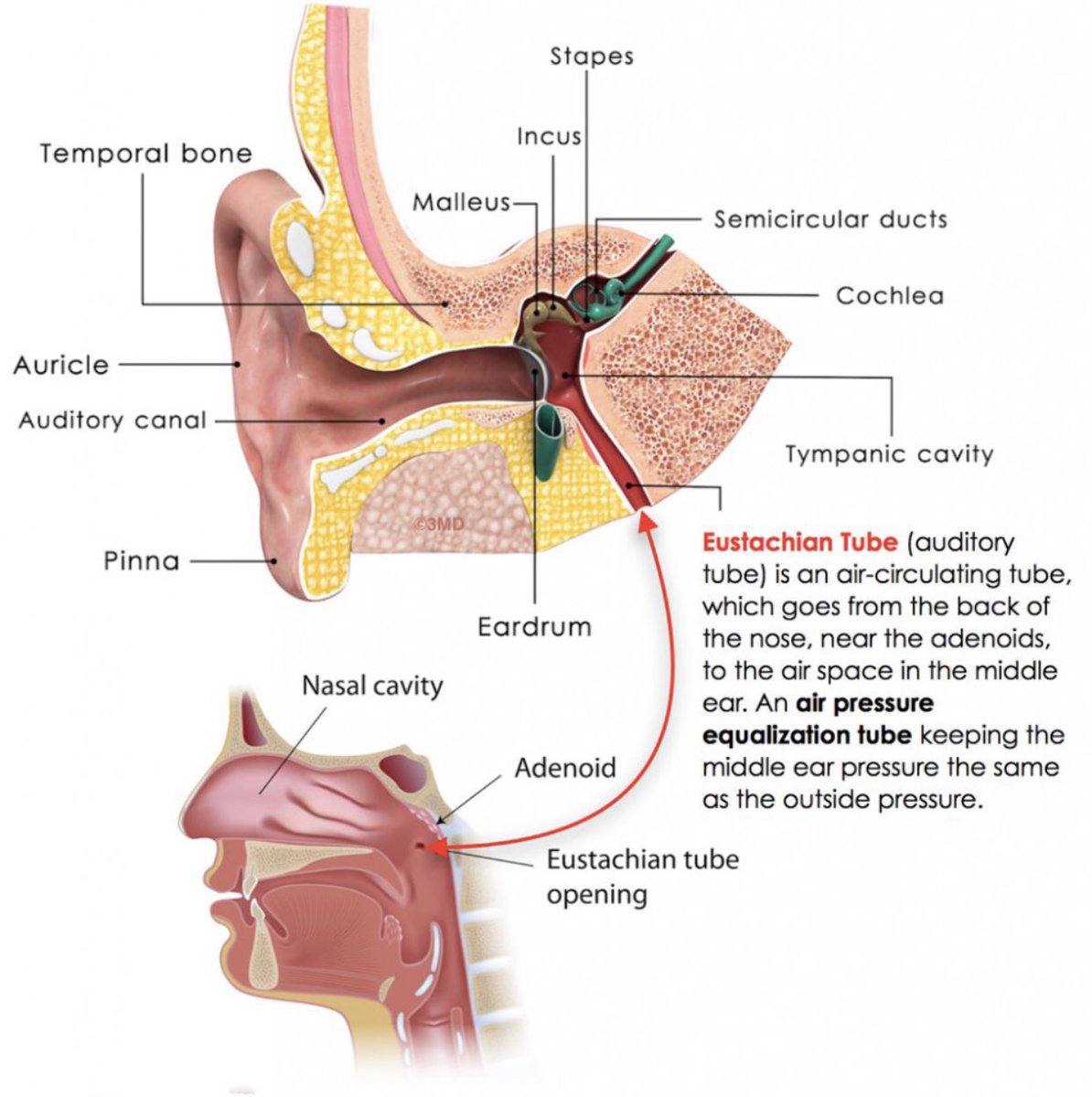 They play an important role in the circulation of the brain, as they facilitate the outflow of blood from the brain and spinal cord. The sinuses allow blood to flow freely from the brain back to the heart, which helps maintain optimal circulation.
They play an important role in the circulation of the brain, as they facilitate the outflow of blood from the brain and spinal cord. The sinuses allow blood to flow freely from the brain back to the heart, which helps maintain optimal circulation.
A feature of the sinuses of the dura mater is their structure. They have an endothelial-lined inner layer that facilitates the smooth movement of blood. Also, the walls of the sinuses have different thicknesses and elasticity, which allows them to adapt to changes in blood pressure and volume.
In general, the sinuses of the dura mater are an important part of the brain, which ensures optimal blood circulation and protection of the organ from possible damage. The study and understanding of the features of the sinuses helps to open up new possibilities in the diagnosis and treatment of neurological diseases associated with circulatory disorders in the brain.
Structure and function of the dura mater
The dura mater is the outer shell of the brain that provides protection and support. It is a strong, tightly adjacent structure to the brain, consisting of several layers.
It is a strong, tightly adjacent structure to the brain, consisting of several layers.
The first layer of the dura mater is called the fool-mother. It consists of two layers – outer and inner. The outer layer protects the brain from mechanical damage, and the inner layer contains blood vessels that provide nutrition to the brain.
The second layer of the dura mater is the web. It is made up of thin fibers that form a mesh and hold the brain in place. The web also serves to drain excess fluid and metabolic products from the brain.
The dura mater performs several important functions. It protects the brain from mechanical damage, keeps it in place, provides nutrition and waste removal. Also, the dura mater plays a role in the regulation of intracranial pressure.
Classification of the sinuses of the meninges
The sinuses of the meninges are venous channels that are located between the inner and outer hard shells of the brain. They perform an important function in circulation and drain blood from the brain.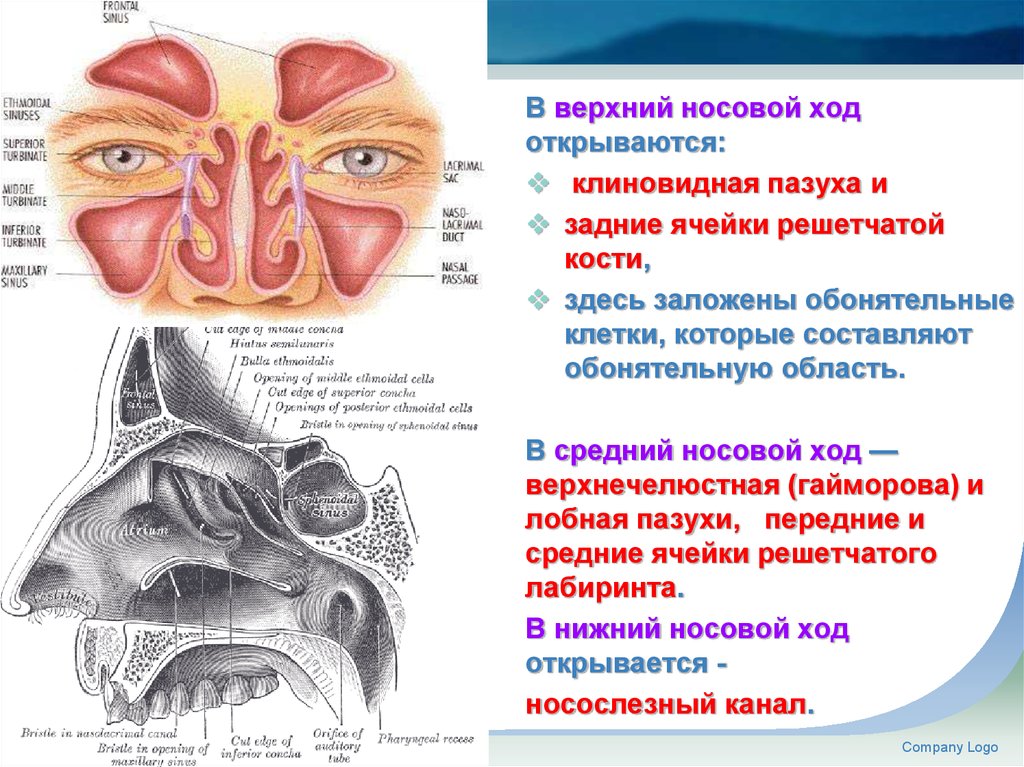
The sinuses of the meninges are classified according to their location and shape. According to their location, they can be divided into upper and lower sinuses. The superior sinuses are located at the top of the brain, while the inferior sinuses are at the bottom.
The sinuses of the meninges may be straight or circumferential in shape. Straight sinuses have a rectilinear shape and length, they connect with other sinuses and perform the function of drainage. The circumferential sinuses are round or elliptical in shape and are closed rings that surround the head.
- Straight sinuses:
- Superior horizontal sinus
- Inferior horizontal sinus
- Vertical sinus
- Nasal sinus
- Frontal sinus 900 08
- Circumferential sinuses:
- Direct sinus
- Lateral sinus
- Occipital sinus
- Temporal sinus sinus
The classification of the sinuses of the meninges allows us to describe their features and role in the blood circulation of the brain.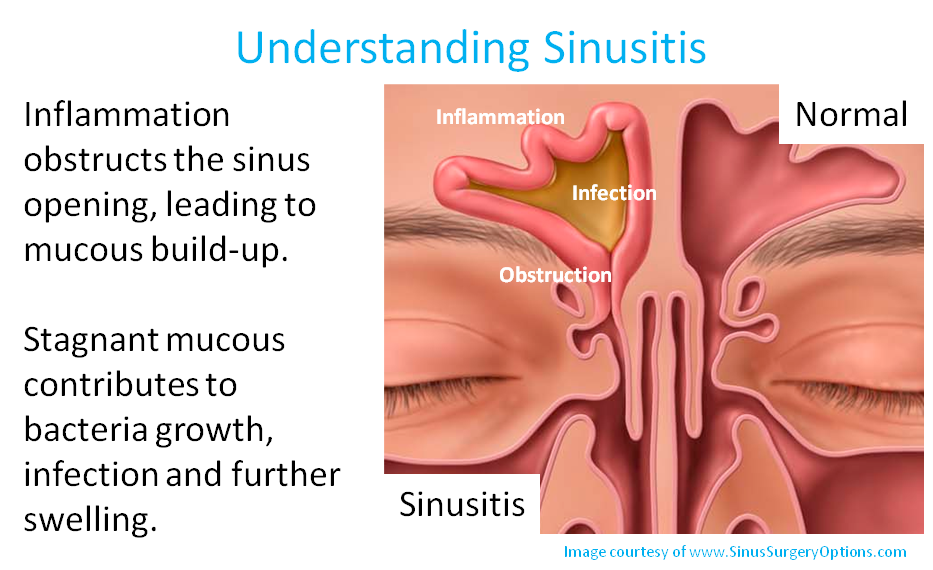 Understanding the anatomy of these venous channels is important for the diagnosis and treatment of various pathologies associated with them.
Understanding the anatomy of these venous channels is important for the diagnosis and treatment of various pathologies associated with them.
Headache and other symptoms of sinus disease
Sinus disease of the dura can present with various symptoms, one of which is headache. This pain may be aching, dull, or sharp, and is usually concentrated in the back of the head, forehead, or upper face.
Chronic inflammation of the sinuses can cause pain in the teeth, dizziness, sleep disturbance, poor appetite and decreased overall performance. Depending on which sinuses are affected, the symptoms may vary.
If you experience headaches and other symptoms of sinus disease, it is recommended that you see a doctor. He will conduct the necessary examination, make a diagnosis and offer appropriate treatment.
Methods for diagnosing sinus disease
Diagnosing sinus disease is an important step in determining the causes of symptoms and choosing the best treatment. To do this, various methods are used that allow you to obtain information about the state of the sinuses and their surrounding tissues.
To do this, various methods are used that allow you to obtain information about the state of the sinuses and their surrounding tissues.
One of the main diagnostic methods is radiography. With the help of X-rays, you can get an image of the sinuses, which allows you to evaluate their size, shape and structure. X-rays can also help detect the presence of tumors, polyps, and other changes associated with sinus disease.
Computed tomography (CT) is used to more accurately assess the condition of the sinuses. This method allows you to get a three-dimensional image of the sinuses and their environment, which allows you to detect even small changes. A CT scan uses x-rays and a contrast agent that is injected into a vein.
Optionally, endoscopy can be used, in which a flexible tubular instrument with a camera is inserted into the nasal cavity. Endoscopy allows you to get a visual representation of the state of the mucous membrane of the sinuses and identify the need for surgical intervention.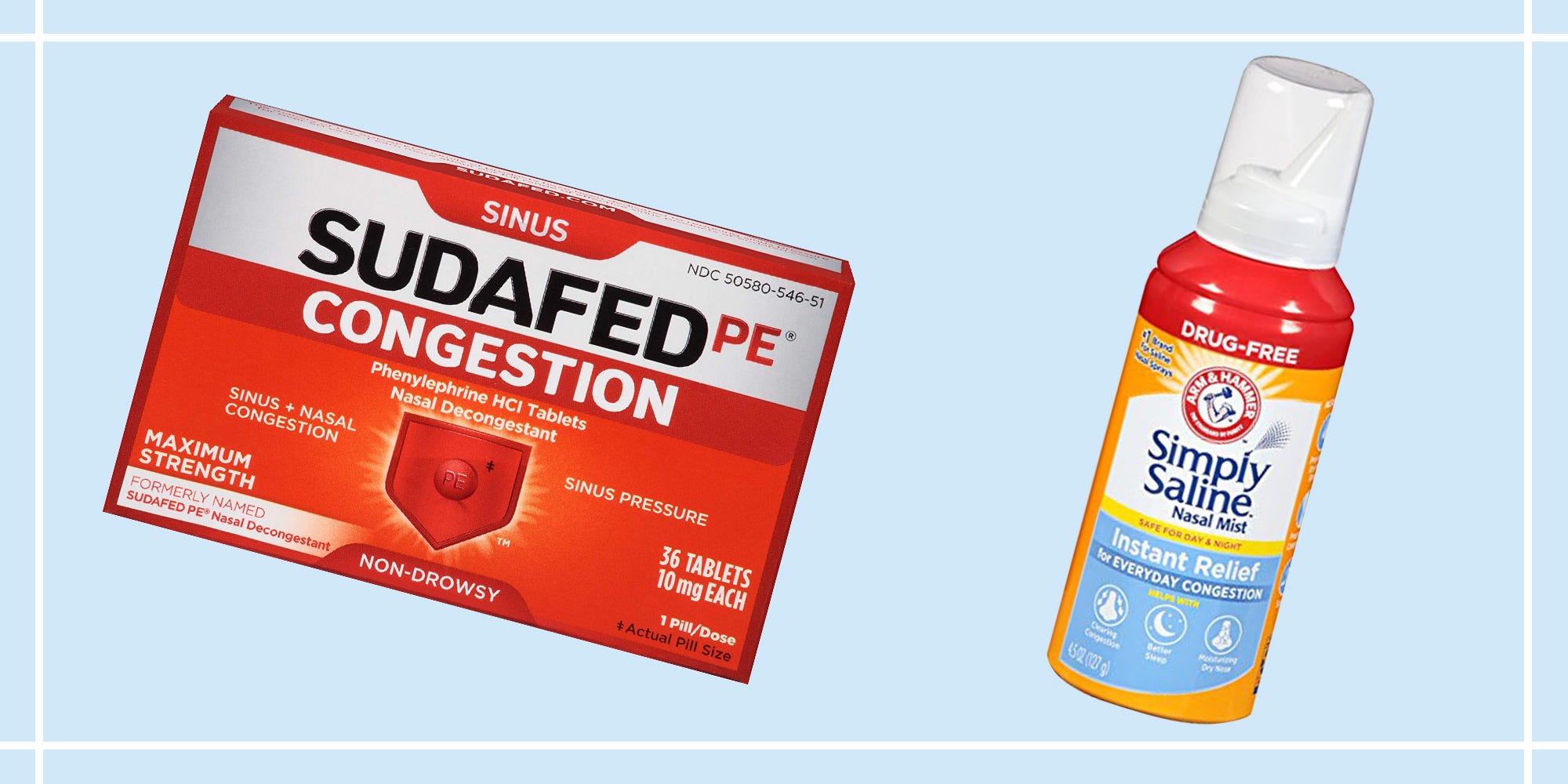
Treatment of sinus diseases
Diseases of the sinuses of the dura mater are serious problems that require comprehensive and timely treatment. To effectively combat these diseases, you must consult a doctor – a neurologist or neurosurgeon who specializes in the treatment of sinus pathologies.
One of the methods of treatment of sinus diseases is the use of drug therapy. Your doctor may prescribe medications to reduce inflammation, eliminate swelling, and increase blood flow to your sinuses. In some cases, antibiotics may be needed to fight the infection.
However, in cases where conservative treatment fails, surgery may be necessary. Surgical treatment of sinus diseases includes the removal of various tumors and cysts, the cutting of abscesses, as well as the correction of anomalies and damage to the sinuses.
After surgery, the patient may need a rehabilitation period, which includes taking anti-inflammatory and decongestant drugs, physiotherapy, special exercises to restore sinus function and general strengthening of the body.
It is important to remember that the treatment of sinus diseases must be comprehensive and supported by a healthy lifestyle. The patient is advised to follow a diet, give up bad habits, strengthen the immune system, avoid hypothermia and stressful situations. Regular exercise is also beneficial, including specific exercises to improve blood circulation in the head and strengthen the muscles of the neck and shoulder girdle.
Complications of sinus diseases
Diseases of the sinuses of the dura mater can cause various complications that require immediate intervention and specialist treatment. One of the main complications of sinusitis is the spread of the infection to nearby areas, such as the eyes and brain. This can lead to conjunctivitis, inflammation of the eyelids, inflammation of the optic nerve, and, in more serious cases, meningitis or brain abscess.
Another complication of sinus disease can be recurrent sinusitis, where the infection in the sinuses continues to recur after treatment.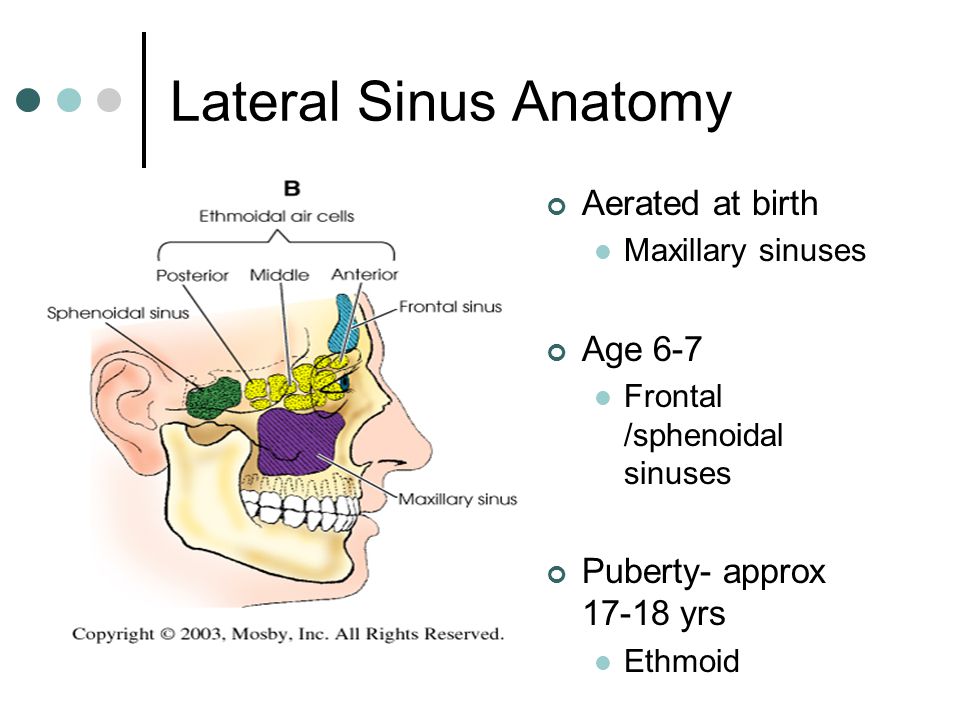 This may be due to an incomplete cure of the primary infection or a violation of the body’s immune system. Recurrent sinusitis requires long-term and thorough treatment to prevent its recurrence and complications.
This may be due to an incomplete cure of the primary infection or a violation of the body’s immune system. Recurrent sinusitis requires long-term and thorough treatment to prevent its recurrence and complications.
In addition, some sinus conditions can lead to serious complications such as orbital cellulitis, where the infection spreads to the tissues around the eye and can lead to visual impairment or even loss of the eye. Complications are also possible in the form of deformation or destruction of the bones of the face, which may require surgical intervention.
All complications of sinus disease require prompt medical attention, diagnosis and appropriate treatment in order to prevent serious consequences and preserve the health of the patient.
Prevention of sinus disease
The health of the dural sinuses is an important aspect of overall human health. To avoid sinus problems, certain preventive measures must be followed.
First, it is very important to maintain proper hygiene of the nasal passages.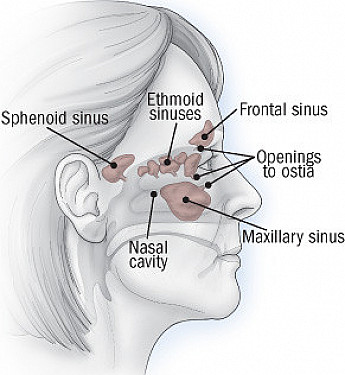 Regular rinsing of the nose with saline or special means will help clear the sinuses of mucus and bacteria, preventing the occurrence of inflammatory processes.
Regular rinsing of the nose with saline or special means will help clear the sinuses of mucus and bacteria, preventing the occurrence of inflammatory processes.
To keep your sinuses healthy, it’s good to do nasal exercises. For example, you can massage the sinuses with your fingers or use special devices to warm up the sinuses. This will help improve blood circulation and promote more effective release of accumulated mucus.
Another important aspect of sinus disease prevention is strengthening the immune system. Regular intake of vitamins and minerals, proper nutrition, moderate physical activity and avoiding bad habits will help strengthen the body’s immune system and protect it from sinus diseases.
It is also important to avoid hypothermia and hypothermia. Wear a hat and scarf during the cold season to prevent cold air from entering your nasal passages and sinuses. Staying in damp and polluted rooms can also adversely affect the condition of the sinuses, so regularly ventilate the premises and maintain optimal air humidity.
And, finally, regular preventive examinations by a doctor will help to identify and eliminate violations in the condition of the sinuses in a timely manner. The doctor will be able to give advice on maintaining the health of the sinuses and prescribe the necessary procedures to maintain them in optimal condition.
Proper nasal hygiene, boosting your immune system, avoiding hypothermia and hypothermia, and getting regular checkups with your doctor are all things you can do to prevent sinus disease and keep it healthy.
Anatomy and function of the sinuses of the dura mater
The sinuses of the dura mater are cavities within the skull bone that are filled with venous blood. They perform important functions related to drainage and blood circulation.
Within the skull are four major sinuses of the dura mater: sinus oblongata, transverse sinus, sagittal sinus, and sinus vein. The oblong sinus runs along the undersurface of the brain and collects venous blood from the back of the skull.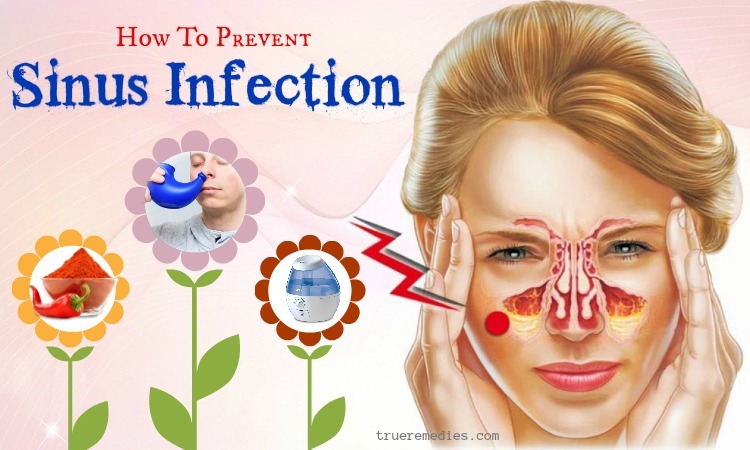 The transverse sinus is located at the base of the cerebellum and collects blood from the top of the facial skull. The sagittal sinus runs along the superior interhemispheric sulcus and collects blood from the sides of the skull. The sinus vein is a continuation of the sagittal sinus and merges with other sinuses.
The transverse sinus is located at the base of the cerebellum and collects blood from the top of the facial skull. The sagittal sinus runs along the superior interhemispheric sulcus and collects blood from the sides of the skull. The sinus vein is a continuation of the sagittal sinus and merges with other sinuses.
The sinuses of the dura mater play a key role in the drainage of venous blood from the brain. They collect blood and carry it inside the neck of the vein, which avoids the oversaturation of the brain tissue with carbon dioxide and the inflammatory reaction. In addition, the sinuses are involved in the process of venous blood circulation, ensuring the delivery of oxygen and nutrients to the brain tissue.
In case of dysfunction of the sinuses of the dura mater, various problems and diseases can occur, such as sinusitis, thrombosis, infections and even tumors. Therefore, it is important to ensure the proper functioning of the sinuses and to pay sufficient attention to them in the diagnosis and treatment of various brain diseases.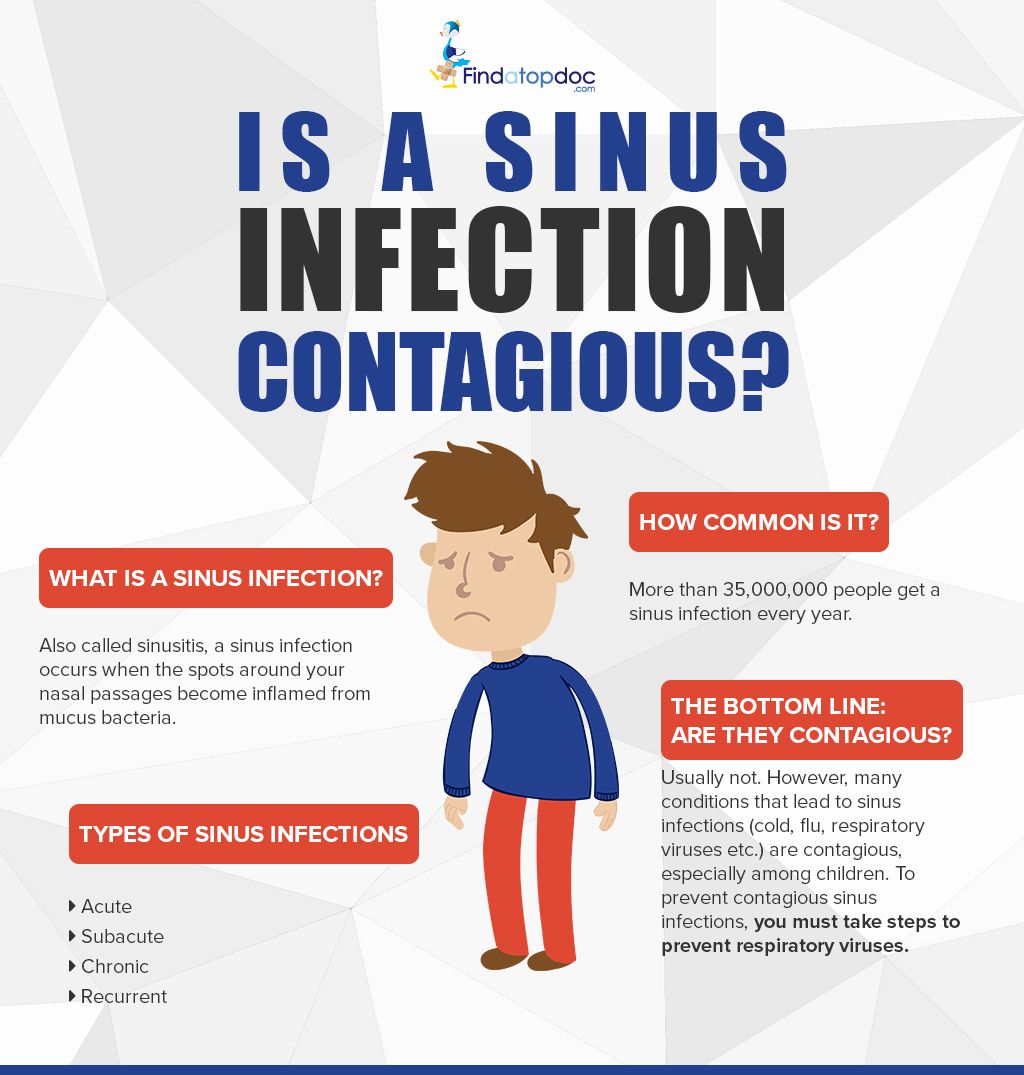
Development and formation of the sinuses of the meninges
The sinuses of the meninges are cavities located between the plates of the dura mater, filled with venous blood. Their development occurs during the period of human embryonic development and depends on many factors.
In the process of development, the integumentary plates formed by the hard and soft shells of the brain begin to separate from each other by various plates and laminae. This leads to the formation of cavities, which then turn into sinuses.
One of the key determinants of sinus formation is the presence of venous vessels. The venous vessels gradually thicken and turn into solid structures that become the walls of the sinuses.
In addition, the formation of the sinuses of the meninges is also associated with the development of surrounding tissues. The pia mater, cerebrospinal fluid, and nerve tissue influence the formation and structure of the sinuses.
Thus, the development and formation of the sinuses of the meninges is a complex and multi-stage process that depends on many factors. They play an important role in the drainage of venous blood from the brain and ensure its normal functioning.
They play an important role in the drainage of venous blood from the brain and ensure its normal functioning.
Diseases of the sinuses of the dura mater and their causes
The sinuses of the dura mater are cavities located between the layers of the meninges. They are filled with a specific fluid and play an important role in protecting and maintaining the normal functioning of the brain. However, the sinuses can become the target of various diseases that can have a negative impact on a person’s health.
One of the most common diseases of the dural sinuses is sinusitis. It can occur due to infections, allergic reactions or mechanical damage. As a result of inflammation, pus can form in the sinuses, which leads to pain and impaired drainage of fluid from the cavities of the meninges.
The occurrence of other diseases, such as hematomas or tumors in the sinuses, may be due to various causes, such as trauma, vascular disorders, or even genetic abnormalities. Such diseases can lead to headaches, visual disturbances and other unpleasant symptoms.
Such diseases can lead to headaches, visual disturbances and other unpleasant symptoms.
Treatment of dural sinus disease usually consists of a combination of conservative methods and surgery. For example, for sinusitis, anti-inflammatory drugs and physical therapy are usually prescribed, and in the case of a hematoma or tumor, surgical removal of the neoplasm may be required.
In conclusion, diseases of the sinuses of the dura mater have different causes and manifestations, but they all require careful diagnosis and proper treatment. Seeing a doctor early and following his recommendations will help prevent possible complications and restore the patient’s health.
Conclusions
Thus, the sinuses of the dura mater have their own characteristics, which must be taken into account when studying their functions and effects on the human body.
One of the main findings is that the sinuses are an important part of the brain system and perform several functions, including protection and cushioning, creating reserve volumes, and maintaining brain homeostasis. They are also involved in blood flow and cerebrospinal fluid circulation.
They are also involved in blood flow and cerebrospinal fluid circulation.
The second conclusion is that the sinuses can become a site for the formation of blood clots and other pathological changes. Violation of the circulation in the sinuses can lead to serious disorders of the brain and its oxidation. Therefore, it is important to regularly monitor the condition of the sinuses and take measures to prevent and treat any disorders.
The third conclusion is related to the anatomical features of the sinuses. They have a different shape, size and location, which affects the ability to access and diagnose possible violations. Therefore, it is important to consider all these factors when conducting an examination and choosing treatment methods.
And finally, the fourth conclusion is that the sinuses of the dura mater are a complex structure that requires detailed study and understanding. A stable sinus condition is an important part of a person’s overall health and can have a direct impact on their physical and mental health.
In general, the study of the characteristics of the sinuses of the dura mater allows a more complete understanding of their role and significance in the human body, as well as the development of effective methods for the prevention and treatment of possible disorders. This is an important area of scientific research that will help improve the quality of life and health of patients.
Related videos:
Q&A:
What is the main function of the sinuses of the dura mater?
The main function of the sinuses of the dura mater is to facilitate movement of the head and mitigate shock that can occur during movement and physical activity.
What are the types of sinuses of the dura mater?
The dural sinuses are of different types: superior sagittal sinuses, lateral sinuses, lateral longitudinal sinuses, transverse sinuses and longitudinal sinuses.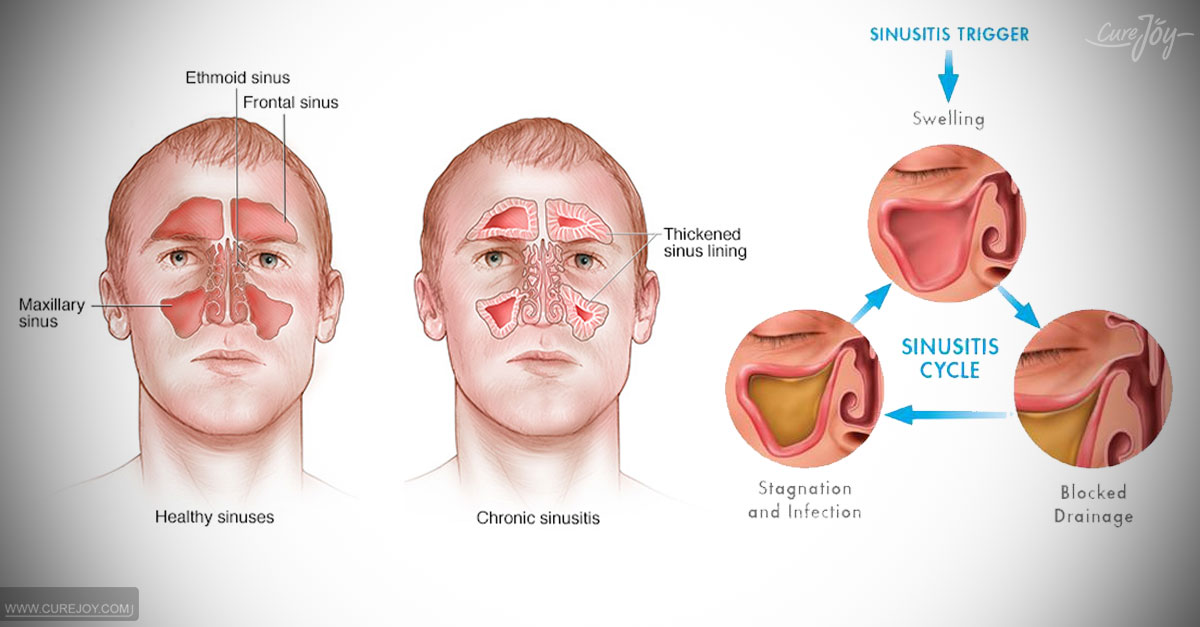
How do dural sinuses arise?
The sinuses of the dura mater arise from the discharge of the falciform groove, which is a continuation of the dura mater, from the inner surfaces of the bones of the skull.
What problems can be associated with the sinuses of the dura mater?
Problems associated with the sinuses of the dura mater may include inflammation, thrombosis, masses and other pathologies that may require surgical intervention.
Oral Restoration & Care – Fulldent
Sinus Lift is a surgical procedure to increase bone volume in the maxilla prior to dental implant placement. This procedure may be recommended for patients with insufficient bone volume in this area. After a sinus lift, it is important to ensure proper recovery and oral care in order to minimize the risks of complications and achieve optimal results.
Here are some post-sinus lift instructions to help you recover and maintain your oral health:
- Post-Instructions and Tips: After your sinus lift, your surgeon will provide you with post-instructions that you must strictly follow.
 These instructions may include medication recommendations, dietary and chewing restrictions, and wound care instructions.
These instructions may include medication recommendations, dietary and chewing restrictions, and wound care instructions. - Taking drugs: Your doctor may prescribe medications to reduce inflammation and prevent infection. Try to take these medications as directed by your surgeon to ensure optimal recovery.
- Rest and limitation of physical activity: In the first few days after the sinus lift, it is recommended to limit physical activity and take time to rest. This will help the body recover and avoid damage to the area of operation.
- Proper nutrition: Follow your surgeon’s recommendations for nutrition after a sinus lift. In the early days, eating soft foods may be recommended to prevent wound damage and ensure comfortable healing.
- Oral care: Proper oral care is an important part of the postoperative period. I moved the brush over the teeth carefully and carefully, avoiding strong pressure on the area where the sinus lift was performed.
 Use a soft toothbrush or an electric toothbrush with a soft head for a more gentle cleansing.
Use a soft toothbrush or an electric toothbrush with a soft head for a more gentle cleansing. - Avoid rinsing with strong solutions and hydrogen peroxide. Instead, use a mild saline or chlorhexidine solution prescribed by your surgeon. Flushing will help reduce the risk of infection and promote faster healing.
- Avoid smoking and drinking during the recovery period. Nicotine and alcohol can slow down the healing process and affect the success of a sinus lift procedure.
- Visit your dentist regularly. After a sinus lift, it is important to visit the dentist regularly to monitor the condition of the oral cavity and check the healing process. Follow the recommended check-up and consultation schedule.
- Take care of your overall health. Proper nutrition, adequate rest and moderate physical activity will help your body recover from a sinus lift procedure. Maintain a healthy lifestyle to promote fast and effective healing.


 You may recover on your own and may not need the antibiotic.
You may recover on your own and may not need the antibiotic.

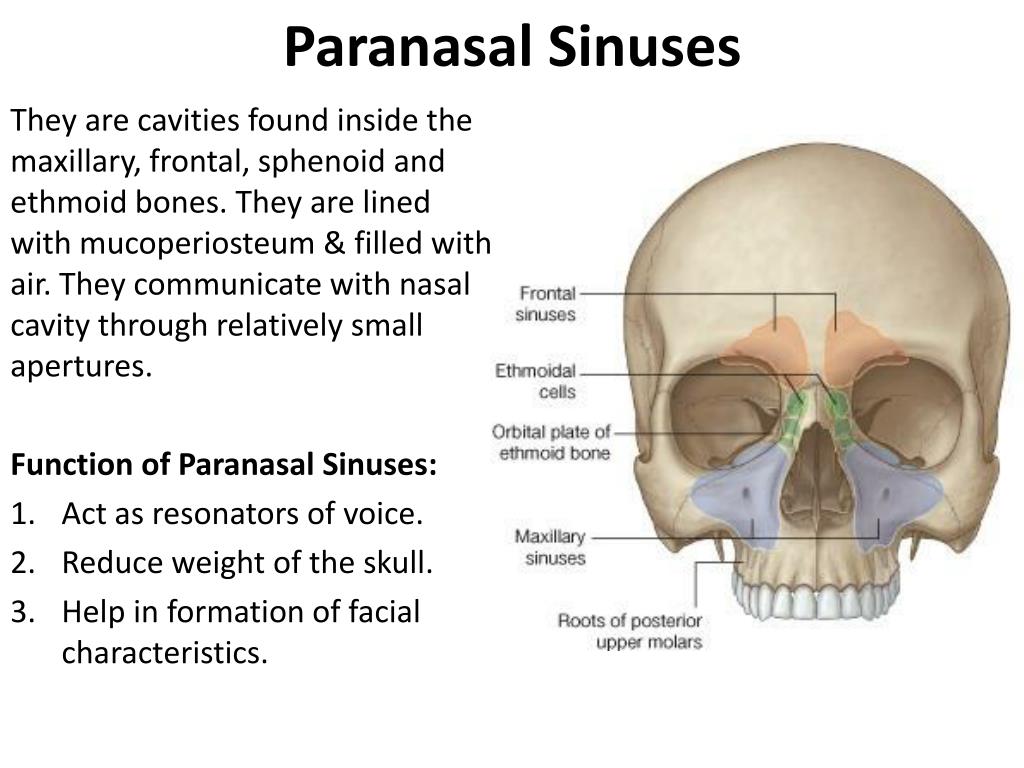 11 Conclusions
11 Conclusions These instructions may include medication recommendations, dietary and chewing restrictions, and wound care instructions.
These instructions may include medication recommendations, dietary and chewing restrictions, and wound care instructions. Use a soft toothbrush or an electric toothbrush with a soft head for a more gentle cleansing.
Use a soft toothbrush or an electric toothbrush with a soft head for a more gentle cleansing.